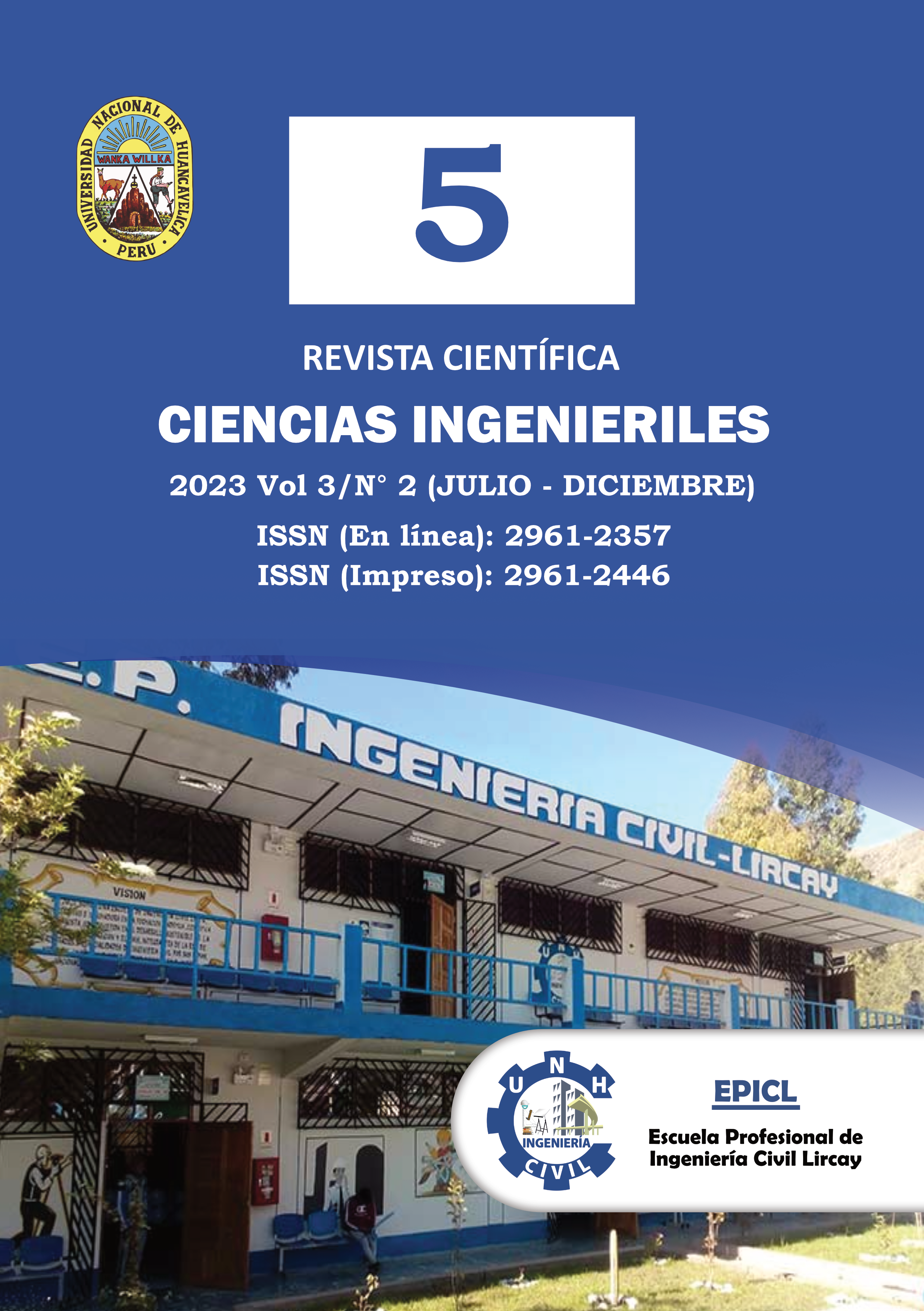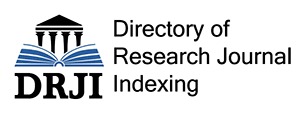Determination of lead in waters from the mine entrance pampamali by bioadsorbent opuntia ficus – indica, Secclla-Angaraes-Huancavelica, 2022
DOI:
https://doi.org/10.54943/ricci.v3i2.271Keywords:
Opuntia ficus –indica, Lead concentration, PollutantAbstract
The objective was to know the influence of the bioadsorption of opuntia ficus –indica in the acid drainage of Minera Pampamali, 2022; the research was applied, descriptive-correlational level, descriptive-non-experimental method, cross-sectional descriptive design, population comprised of all the Pampamali mine entrances, 8 liters of acid water sample were taken from the main mine entrance; A sample of the opuntia ficus –indica plant was also obtained by simple random sampling; which were transferred to the EPIM-UNH laboratory to submit them to the experimental analysis processes; obtaining as results with the support of the atomic absorption spectrophotometer brand TERMOCIENTIFIC ICE 3000 SERIES AA SPECTROMETER; in 50 ml of acidic water, a concentration of 0.1004 mg/L; then, intervening the opuntia ficus –indica; for a proportion of 100ml of acid water acting with 30g of bioadsorbent, 0.0350mg/L of lead was obtained; among other essays; finally; for 100ml of acid water operating with 80g of bioadsorbent, 0.0096mg/L of lead was reached; meaning that the higher the proportion of bioadsorbent, the lead concentration is significantly reduced; also in comparison to the guidelines of ECA Supreme Decree No. 023-2009-MINAM, the results are below the maximum permissible limits of lead metal; even in those conditions; the accumulations for tens of years of said polluting metal will generate disorders that are even lethal.
Downloads
References
Aguilar Loyola, J. S. (2021). Reducción de la concentración de cromo (vi) en una solución acuosa mediante el uso del exoesqueleto de Litopenaeus vannamei y el mucílago de la hoja de Opuntia ficus-indica.
Alexis, R. G. G. (2021).Eficiencia de la tuna opuntia ficus-indica como biocoagulante para la clarificación del agua de estero medina, parroquia bellamaría, provincia el oro(doctoral dissertation, universidad agraria del ecuador).
Asto, J. (2018). Influencia de la putacca y totora para la fitoestabilización en los depósitos de relaves mineros en Cia. Minera Tambo del Condor S.R.L -Ayacucho –2017.
Castro Arroyo, T. K. (2018). Biosorción de plomo (II) usando biomasa proveniente de los cladodios de laTuna (Opuntia ficus indica), como alternativa ecológica en el tratamiento de aguas contaminadas.
Chávez, J. & Cholán, J. (2018). “Evaluación del mucílago de “opuntia ficus-indica” en la reducción de metales en drenaje ácido de Mina de la Quebrada Honda -Colquirrumi S.A.”; tesis Universidad Privada del Norte, Cajamarca.
Decreto Supremo N° 010-2010-MINAM. (2010). Ministerio del Ambiente.https://www.minam.gob.pe/disposi-ciones/decreto-supremo-n-010-2010-minam/.
Fernández & Baptista (2014). Metodología de la investigación (Sexta edición).
López, E., & Maldonado, S. (2017). Determinación de la factibilidad del uso de Opuntia ficus-indica como material biosorbente para la retención de cromo hexavalante (Cr).Revista de Energía Química y Física,4(13), 1-11.
Protocolo nacional para el monitoreo de la calidad de los recursos hídricos superficiales. (2016). Drupal.https://www.ana.gob.pe/publicaciones/protocolo-nacional-para-el-monitoreo-de-la-calidad-de-los-recursos-hidricos-0
Quispealaya, L. (2021). Contaminación con Metales Pesados. Revista de Investigación Científica Siglo XXI Volúmen 1, Número 1, pp 68-78; UNH, Perú.
Vázquez, O. (1994). "Extracción de coagulantes naturales del nopal y aplicación en la clarificación de aguas superficiales", tesis Universidad Autónoma De Nueva León, Monterrey.
Published
How to Cite
-
Abstract363
-
PDF (Español (España))269
-
HTML (Español (España))22
Issue
Section
License
Copyright (c) 2023 Luis Quispealaya, Ibet Arancel, Jeny Asto

This work is licensed under a Creative Commons Attribution 4.0 International License.













 DOI:10.54943/ricci.
DOI:10.54943/ricci.








